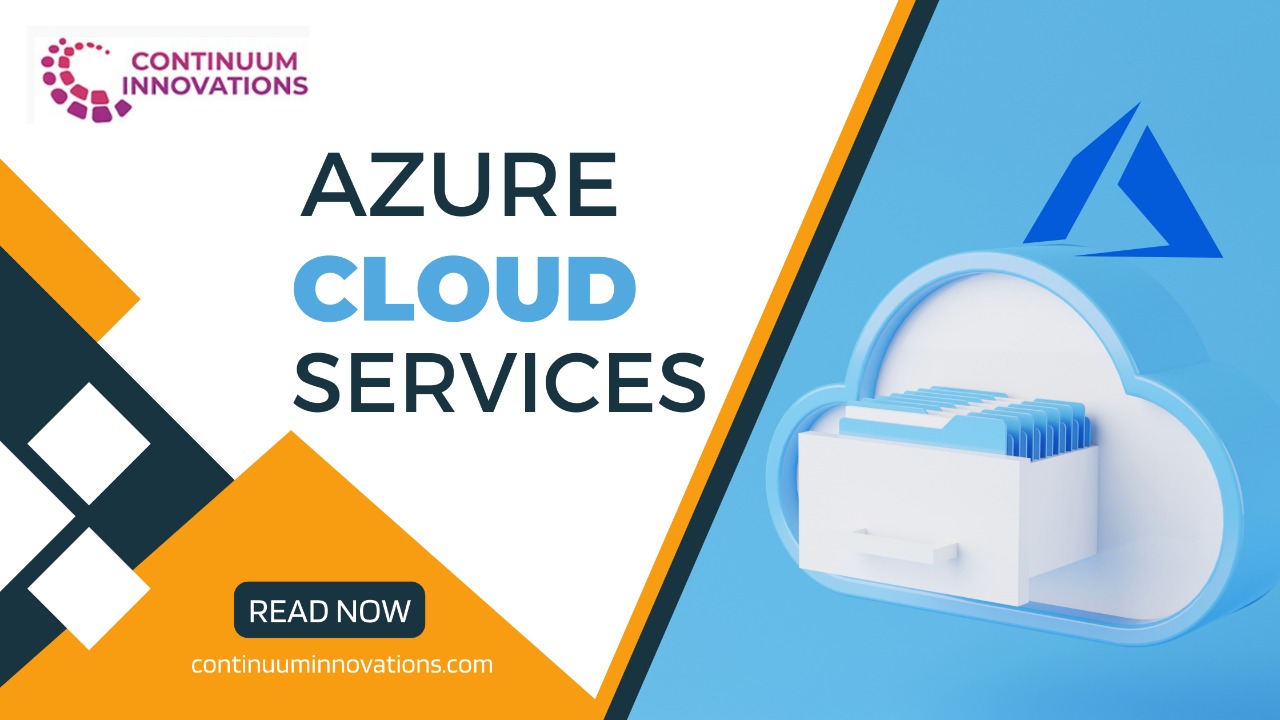Overview Of Azure Cloud Services
Azure Cloud Services is a platform as a service (PaaS). In the same way as Azure App Service, this technology is designed and intended to support reliable and comparatively cost-effective applications. In the same way that App services are hosted on virtual machines (VMs), Azure Cloud Services are, too. The software can be installed on VMs that use Azure Cloud Services, and access can be remote. However, users have more control over the VMs.
There are two varieties of Azure Cloud Services Roles. The difference between the two lies in how the user’s role is hosted on the VMs:
– Web role: Automatically deploys and hosts the app through the IIS.
– Worker role: Does not use IIS, runs the app standalone
Simply put, an application might use just a single web role while serving a website. A more complicated app might use a web role to handle requests that come from users and then pass them on to a worker role for processing.
Despite applications running in VMs, it is essential to know that Azure Cloud Services provide PaaS, not Infrastructure as a Service (IaaS). With the latter, one first needs to create and configure the application’s environment. Then, the application is deployed in this environment. In contrast, as far as PaaS is concerned, it is almost like the environment already exists. All that needs to be done is to deploy the application. Management of the app’s platform, including its newer versions, is done for the user.
Scaling and Management
With Azure cloud services, users do not create virtual machines. Instead, they provide a configuration file that indicates to Azure how many of each file the user would like, such as “two web role instances” and “three worker role instances.” Then, the platform creates them for you. The user can still choose what size the backing VMs should be, but the users cannot explicitly create them themselves. If the application needs to handle a more significant load, more VMs can be deployed, and Azure can create those instances. If the load reduces, users can shut down those instances without paying for them.
An Azure cloud service application is made available to users via a two-step process. A developer typically first uploads the application to the staging area of the platform. When the developer is ready to make the application go live, they use the Azure portal to swap the staging with the production stage. This switch between the two stages can be done without downtime, which lets a running application upgrade to a new version without disturbing its users.
Azure Cloud Services also provide monitoring services. Like virtual machines, it detects a failure in the physical server and restarts the VMs previously running on that server on a new device. However, Azure Cloud services detect failed VMs and applications, not only hardware failures. Unlike virtual machines, it has an agent inside each web and worker role, so it can start new VMs and application instances when any failures occur.
The PaaS aspect of Azure cloud services has other implications too. One of the most important implications is that applications built on this technology should be written to run without error when any web or worker role instance suffers a failure. To get to this point, an Azure Cloud Service application should not maintain a state in the file system of its own VMs. Unlike VMs created with virtual machines, the writes made to Azure cloud services are not persistent. An Azure cloud services application should write all states to Azure SQL database, Blobs, or other physical storage. Building applications this way makes them more scalable and resistant to failure, both the goals Azure Cloud Services intends to achieve.
Azure Storage
Azure Storage is the cloud storage solution for contemporary applications that function on durability, scalability, and flexibility to meet customers’ needs. To use any storage account, one first must create an account in Azure. Depending upon the condition, there are different storage accounts- general purpose and blob storage. Tables, blobs, queues, and file storage are sub-types.
Azure Networking
The most fundamental building block of Azure network services is the virtual network. A virtual network can be used to deploy the isolated network on Azure. Azure networking includes Azure network security, VNet connectivity, and Azure Network Interface.
In this case, ‘compute’ refers to the hosting model for the computing resources on which the application runs. Azure compute services can be divided into three broad categories:
– Infrastructure as a Service
– Platform as a service
– Serverless service


